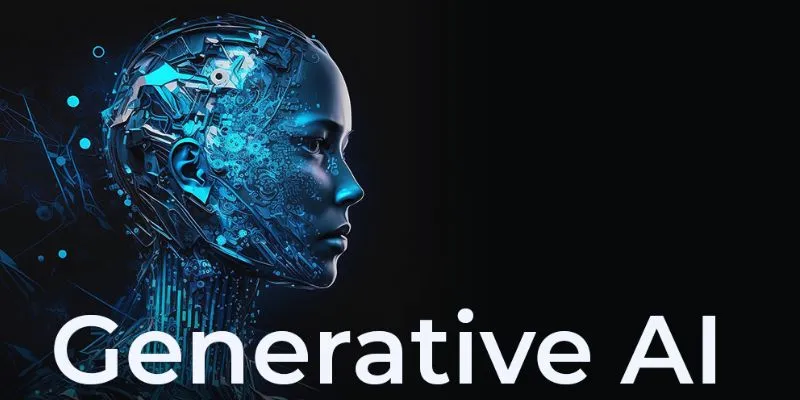The $500 billion Stargate AI Infrastructure Project is unlike anything the world has seen before. This ambitious initiative aims to create the backbone of future technology by integrating powerful data centers, high-speed networks, and renewable energy sources. It’s not just about hardware and software; it’s a vision of global collaboration, making advanced AI capabilities accessible far beyond traditional tech hubs.
As the world stands on the cusp of unprecedented change, the Stargate AI Infrastructure Project marks a deliberate move forward, laying the groundwork for innovations that will impact medicine, education, climate solutions, and everyday life.
What Is the Stargate AI Infrastructure Project?
The Stargate AI Infrastructure Project is a groundbreaking global initiative designed to build the infrastructure that future artificial intelligence will rely on. Unlike a single facility or cluster of servers in one country, it encompasses an interconnected web of high-capacity data centers, fiber-optic networks, research hubs, and collaborative spaces spanning continents.

AI today demands enormous computing power and rapid data movement, yet existing infrastructure is scattered and inconsistent. Stargate addresses this by creating a standardized, shared system to manage tomorrow’s technological needs. It will support everything from self-driving transportation networks and real-time medical diagnostics to precision climate forecasting and beyond—accomplishing feats previously out of reach.
With $500 billion allocated for development, green energy, research, and job training, Stargate is more than just machines and wiring; it’s about building a solid foundation for shared advancement in the AI era.
Building a New Backbone for Global AI
One significant aspect of the Stargate AI Infrastructure Project is its focus on physical infrastructure. While software can be deployed almost anywhere, AI models require advanced hardware, low-latency networks, and vast data storage. This project envisions massive regional data centers linked via high-speed fiber optic cables, forming a “planetary nervous system” for AI.
These data centers are designed to be energy-efficient and environmentally sustainable. Renewable energy sources, such as solar, wind, and hydro, will power the network to reduce emissions and prevent grid overload. Innovative cooling technologies will minimize water and electricity use, ensuring operations do not harm local ecosystems.
Beyond construction, the project emphasizes accessibility. Current AI development is often concentrated in a few countries and corporations. Stargate aims to democratize access by establishing nodes in emerging economies, enabling global researchers and developers to utilize the same computing power. This approach is expected to fuel local innovation, preventing entire regions from being left behind.
Why Now? The Timing of a $500B Commitment
The timing of the Stargate AI Infrastructure Project is crucial. AI is rapidly advancing from specialized to general-purpose applications. With the advent of large language models, predictive public health analytics, and smart grids for energy, the demand for reliable and scalable infrastructure has surged. Without significant investment, current networks risk becoming bottlenecks.

Geopolitically, AI is increasingly seen as a strategic asset influencing economic competitiveness and national security. The Stargate AI Infrastructure Project pools resources to prevent isolated development landscapes, encouraging shared standards and interoperability.
The project also highlights the human element, with plans for education and training to ensure workers can transition into new roles in the AI-driven economy. Scholarships, research grants, and retraining programs aim to extend the benefits of this massive investment beyond engineers and coders, reaching communities everywhere.
What It Means for the Future of Technology
The Stargate AI Infrastructure Project is set to shape the future of technology for decades. By resolving the bottleneck of insufficient infrastructure, it paves the way for breakthroughs in areas constrained by computing limits, such as climate simulations, personalized medicine, and adaptive AI-powered education systems.
This initiative also shifts the focus from competition to cooperation. It has already secured participation from over forty countries and hundreds of private companies, sending a clear message: the future of technology is about building together.
Challenges remain, including privacy, data ownership, and security concerns. The governance framework of Stargate includes oversight committees and transparency boards to address these issues, but effective implementation is key.
The project acknowledges the need for resilience. Natural disasters, cyberattacks, and political shifts could threaten such vast infrastructure. Thus, the design incorporates redundancy and modularity to ensure continuity if one region is affected.
A Shared Journey Into Tomorrow
The $500 billion Stargate AI Infrastructure Project heralds a bold step toward a more connected and intelligent future. By creating a shared, sustainable foundation for artificial intelligence, it makes advanced technology accessible beyond traditional power centers, opening opportunities for innovation worldwide. With its focus on collaboration, education, and resilience, the project supports not only machines but also the people and communities using them. As construction unfolds, it offers a glimpse of a future where technology serves everyone, shaping a world that is smarter, fairer, and more prepared for the challenges ahead.
 zfn9
zfn9























